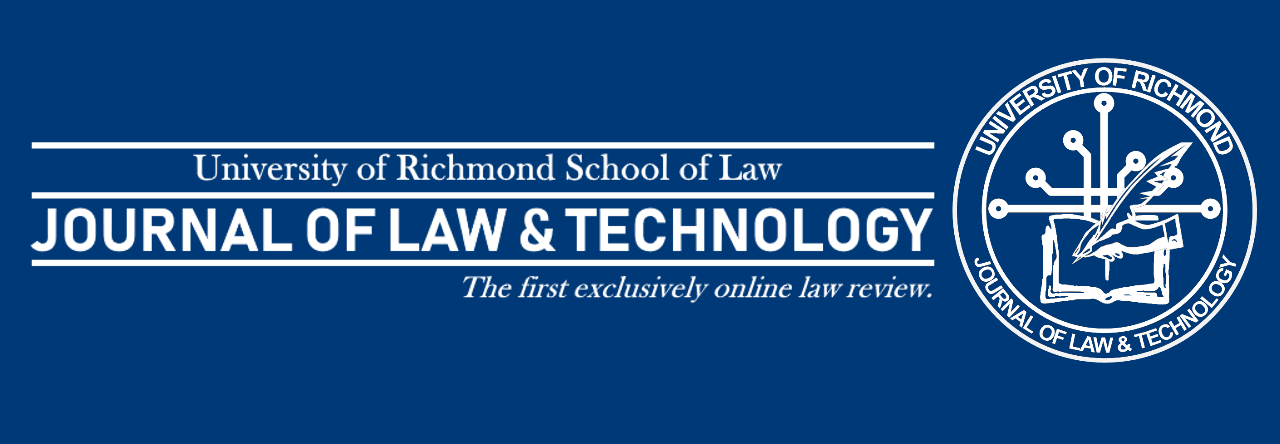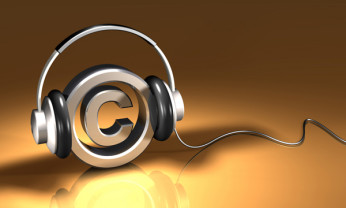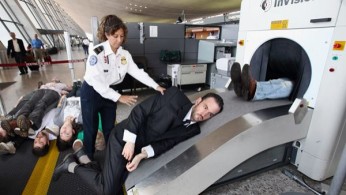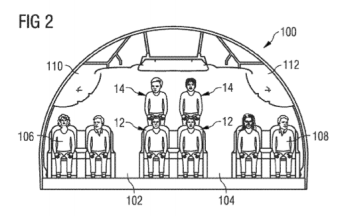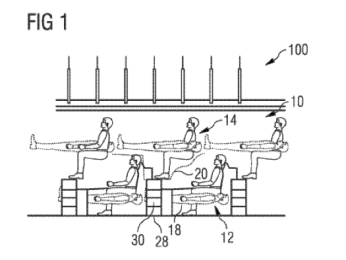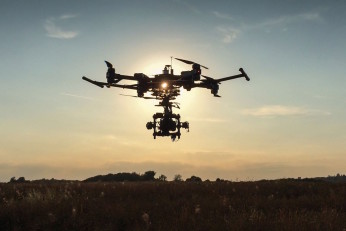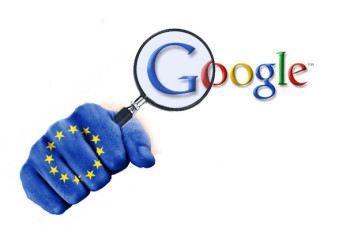By: West Smithers
Music seems to be at the center of almost everything we do these days. Whether it’s a pre-party “power hour” or firing up a good old-fashioned playlist at the procrastination station we call our desk, music is always at our fingertips. We have seen, in a relatively short amount of time, the music industry as we once knew it become something entirely different. Where once the desire to even hear the latest song or an old favorite album could only be quenched by a trip to the store or submitting to the fate of the radio, most any track out there is now only a couple of clicks away. Innovations such as online streaming have made the idea of actually purchasing an album seem almost archaic and unnecessary to many people. As a result, the world of music copyright law has become increasingly complicated and controversial.
The underlying issue seems to be that the laws concerning “who pays whom” in the world of music were mostly created at a time when music was mainly distributed via radio or physical forms such as records, each medium’s form and business model unique to the other.[1] While the Internet forced an update of copyright laws in the 1990’s in response to emerging digital media, the use of digital media has increased, and more of these music sources have become characteristic of both physical media and radio.[2] As such, streaming services such as Spotify, Pandora, and Youtube have caused some apparently controversial changes in the music market.
In 2014, Taylor Swift brought this conflict to light by asking for all of her songs to be removed from the popular streaming platform, Spotify.[3] In doing so, she accused the company of not compensating artists and music rights owners fairly. After Swift caused this stir, other artists like Jason Aldean, Prince, and even the Beatles began pulling their songs from the service as well. Popular artist, Adele, delayed releasing her album, 21, onto the site for over a year because Spotify refused to exclusively stream it to “premium service” users.[4] She may now even be keeping her newest album, 25, off of the service for the same reasons.[5] These are merely a few examples of the discontent coming from musicians due to the effects these services may have on how or whether they are compensated for their work.
Earlier this year, in February, the U.S. Copyright Office released a report entitled Copyright and the Music Marketplace.[6] The Copyright Office conducted a study and outlined recommendations for the future of music copyright law, taking the position that the current law does not fit with the times.[7] Popular digital media and streaming services have essentially “blurred traditional lines of exploitation” in music, and determining who gets how much money from who in the music industry has become too complex to be compatible with the current law.[8] The report endorses allowing artists more flexibility under the law to seek higher pay rates and giving music rights owners the ability to withdraw streaming rights from these services.[9] Another issue is the federalization of recordings. Under the current law, pre-1972 recordings are not fully federalized, and services such as Pandora and SiriusXM have been able to exploit these older tunes without compensating their owners.[10] The report advocates for a change here and for other things such as extending public performance rights to terrestrial radio.[11]
The Copyright Office’s report is over 240 pages long and asks for what many consider to be serious reform, and it is still unclear what impact it will actually have on the law. In the meantime, companies such as Pandora and Sirius are attempting to resolve issues out of court to try to gain certainty in this complex issue.[12] Litigation has still been pursued, however, particularly by owners of pre-1972 recordings. Spotify continues to gain, lose and gain back again various artists’ work. Until something is addressed by lawmakers, however, the real questions facing copyright law and the music industry will not be fully answered, and we will be left with uncertainty. This is perhaps why government entities such as the Department of Justice and the House Judiciary Committee are meeting to discuss copyright and antitrust issues. The latter is set to meet this month for its copyright review roundtable in addition to a “listening tour” in which the committee travels to locations across the country to actually speak with creators (including musicians) about the issues they face in their field related to technological advancements.[13]
To learn more about the Copyright Office’s study and the potential changes in copyright law, read the report as well as the congressional report from the Congressional Research Service. Both links are found below.
Technology has made music a great experience for the public, but there is no denying that things have changed for musicians. The question is how much change in the law is merited by this change in the music industry and what effect such change would have. As a music lover and recreational song writer, one question in my mind is how such reform would affect the current exposure to music that many have come to enjoy in this digital age. But while established artists get confrontational with Spotify and Pandora, I’ll just keep listening to this playlist I have going right now (for free) on the largest music streaming platform in the world…Youtube…because at least there’s nothing confusing about a good song.
[1] Dana A. Scherer, Cong. Research Serv., R43984, Money for Something: Music Licensing in the 21st Century 1 (2015), https://www.fas.org/sgp/crs/misc/R43984.pdf.
[2] Id.
[3] Emily Yahr, Taylor Swift versus Spotify: Why her bold move won’t work for other artists, Wash. Post (Nov. 3, 2014).
[4] Micah Singleton, Adele may be the next superstar to keep her album off Spotify: Spotify’s resistance to premium-only content may keep 25 off the service, The Verge (Nov. 10, 2015, 3:51 PM), http://www.theverge.com/2015/11/10/9706342/adele-25-new-album-not-on-spotify-streaming.
[5] Id.
[6] Maria A. Pallante, U.S. Copyright Office, Copyright and the Music Marketplace (2015), http://copyright.gov/docs/musiclicensingstudy/copyright-and-the-music-marketplace.pdf.
[7] Id. at 25.
[8] Id.
[9] Eriq Gardner, Big Shake-Up to Music Licensing Regime Embraced by U.S. Copyright Office, The Hollywood Reporter (Feb. 5, 2015, 10:44 AM), http://www.hollywoodreporter.com/thr-esq/big-shake-up-music-licensing-770512.
[10] Id.
[11] Id.
[12] Ali Sternburg, Pandora, Others Seek Certainty in Music Copyright through Settlements, but Issues Remain, Disruptive Competition Project (Nov. 6, 2015), http://www.project-disco.org/intellectual-property/110615-pandora-others-seek-certainty-in-music-copyright-through-settlements-but-issues-remain/.
[13] U.S. H. Comm. on the Judiciary, U.S. Copyright Law Review, //judiciary.house.gov/index.cfm/us-copyright-law-review.
